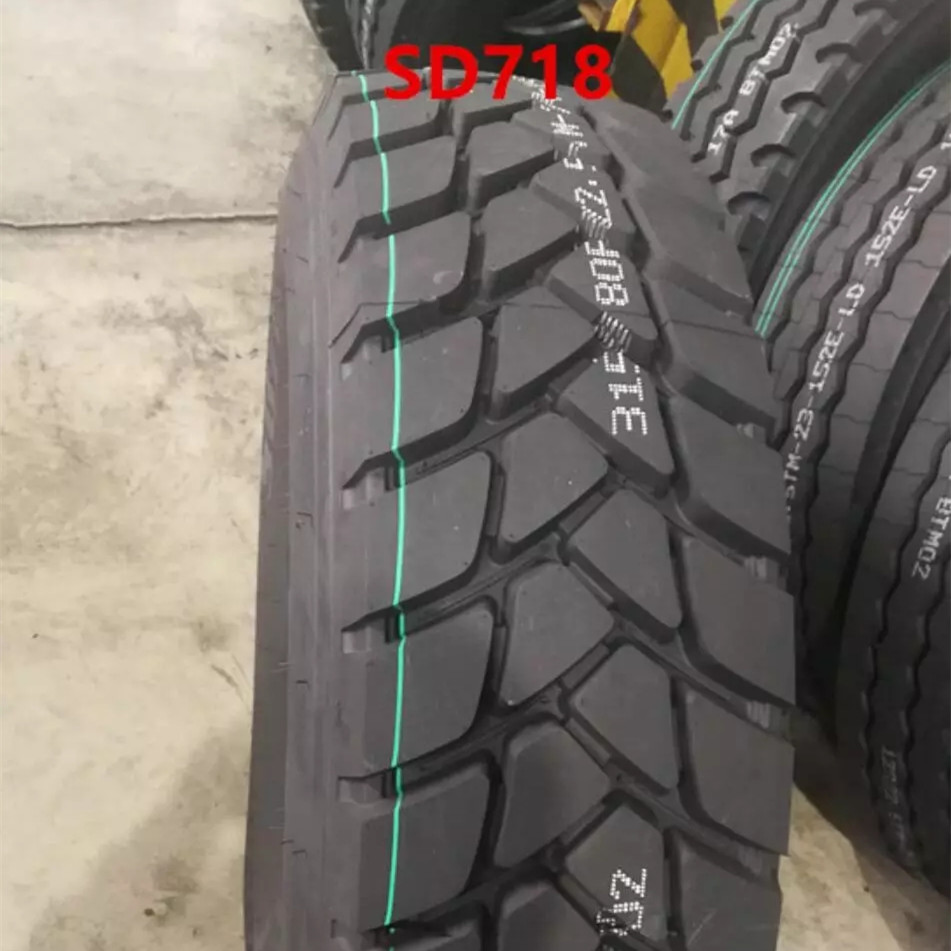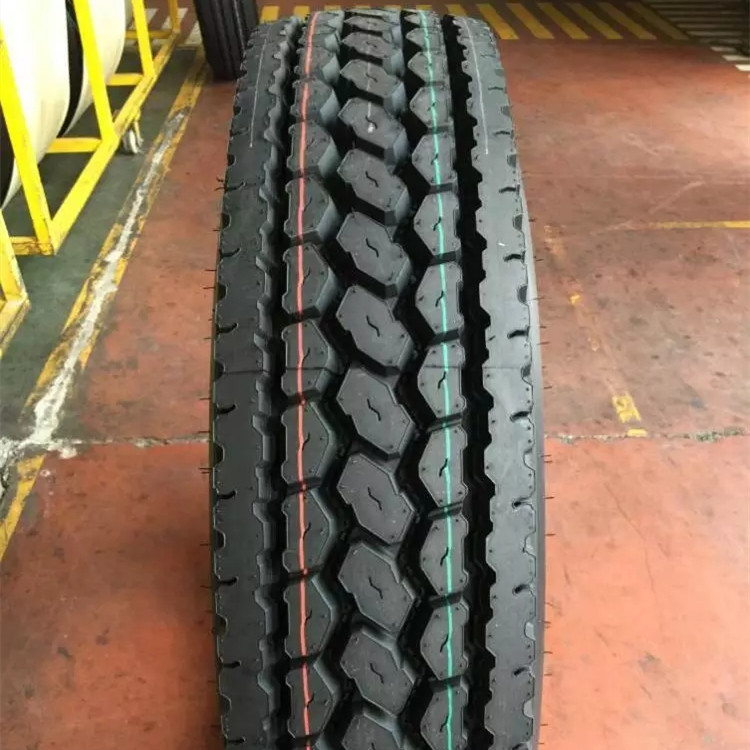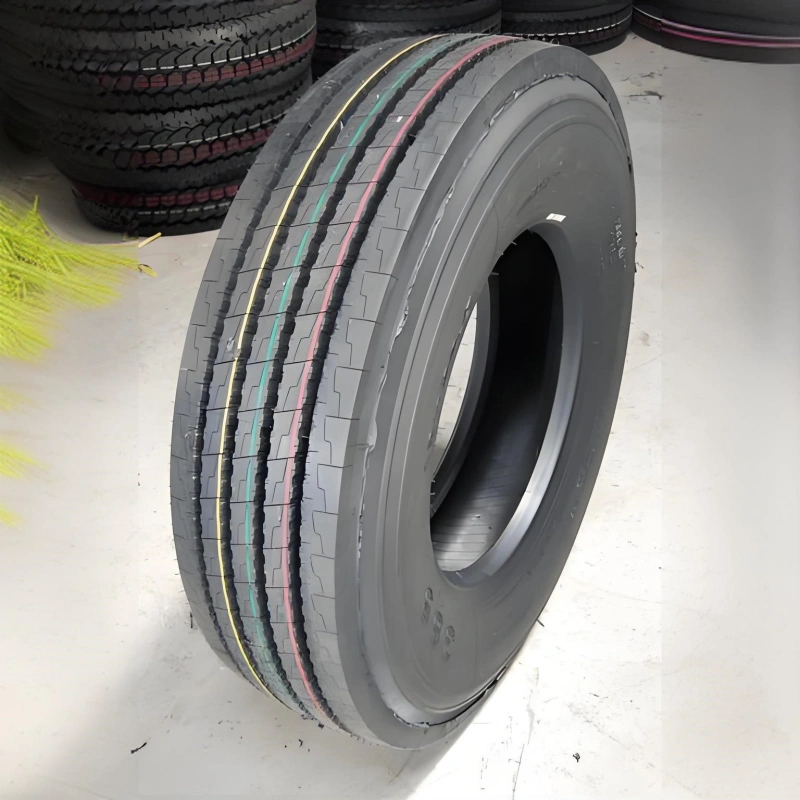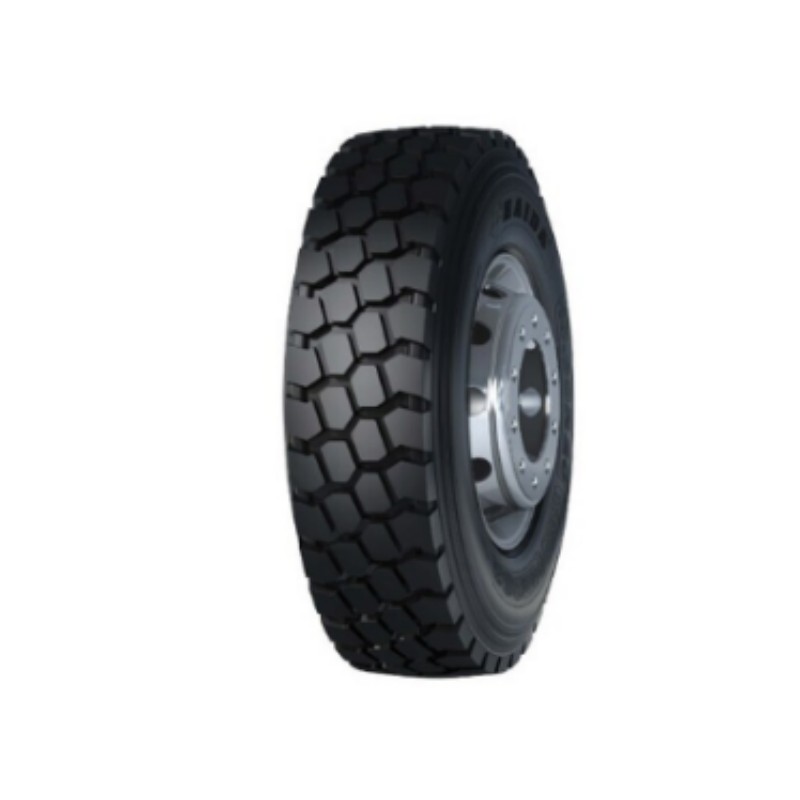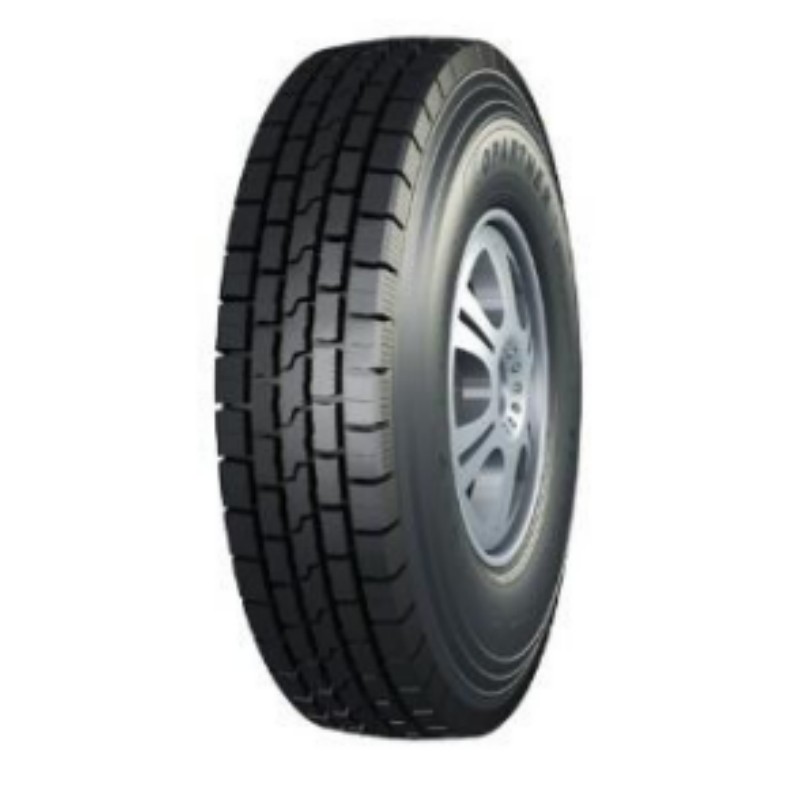
Load capacity★★★☆☆
Wear performance★★★★★
Speed performance★★★★★
Shipping distance★★★★★

Pattern of long distance high-speed tubeless tire HD988G
*The pattern block is designed in combination with the zigzag groove, which gives more effective consideration to the driving performance and stability of the tire, and has excellent handling safety performance on both dry and wet roads;
*Small steel sheets are more conducive to tire heat dissipation and applicability of different wheel positions.
Features of long distance high-speed tubeless
tire HD988G
*The unique tread formula design provides excellent wear resistance and reduces irregular wear;
*The low heat generation formula of the whole bottom layer reduces the heat generation of the shoulder and improves the durability.

Main sizes and parameters of
long distance high-speed tubeless
tire HD988G
Specification
| level
| Load index | Speed Class | Standard Rim
| Inflated cross-section wide (mm)
| inflated outer diameter (mm)
| Design pattern depth (mm) |
12R22.5 | 18 | 152/149 | M | 9.00 | 300 | 1085 | 17 |
What is Tubeless Tire?
Tubeless tyres, as its name implies, are tyres without inner tubes.
Tubeless tire is commonly known as atomic tire or vacuum tire. This kind of tire uses the air tight layer of tire inner wall and bead to ensure good air tightness between tire and rim. The outer tire also plays the role of inner tire. The tire is not equipped with an inner tube, but the tire itself has an inner tube structure. The air is filled in the tire, which has been widely used to replace the wheel with an inner tube.
Advantage of tubeless tyres
No inner tube, good air tightness, long-term air tightness, low working temperature, long service life, simple structure, light weight, which is conducive to high-speed driving; Because the air tight layer of the tire tightly sticks a layer of inner membrane to the inner wall of the tire, the tire is not easy to gather heat during high-speed driving. When the tire is perforated, the pressure will not drop sharply, and it can safely continue to drive for a certain distance; There is no damage caused by friction and seizure between inner and outer tires.
Disadvantages of tubeless tyres
It is difficult to repair on the way. In addition, the self-adhesive layer can self band the perforation only when the perforation size is in a small range, and it is difficult to bond when the size is slightly larger; When the outside temperature is too high, the self-adhesive layer may soften and flow, thus damaging the balance of the tire.
Matters needing attention
1、 The specified air pressure must be maintained
Tubeless tire is made of high-quality rubber, with good elasticity and flexibility. It has a wide range of adaptability to air pressure. Even if the tire pressure is very high, it does not feel as hard as ordinary tires. Therefore, a barometer should be used to check the air pressure. Except for punctured tires, tubeless tires generally do not deflate by themselves. Therefore, when inflating, use a pressure gauge to check and maintain the specified pressure. It is not allowed to decide whether to replenish air by hand like ordinary tires.
2、 Keep tyres clean
The tubeless tire should also avoid being punctured and punctured by sharp and hard objects during use, and avoid contact with acids and alkalis. Contamination by oil will also accelerate the decomposition of rubber. The tyres shall be kept clean to prevent rubber aging and prolong service life.
3、 It is not suitable to drive on dirt roads in the countryside
The tubeless tire has good adaptability to asphalt and cement pavement, and can maintain strong adhesion even if there is water on the pavement, with good stability. However, the adhesion to soil roads, especially muddy roads, is low and the stability is poor. Motorcycles with tubeless tires are better used in urban areas than on rural roads.
4、 Cold patching of tubeless tire
After the tire is punctured, special repair tools can be used to repair it. If the repair department does not have repair conditions, cold repair can be carried out by using cold repair adhesive. The method is as follows:
1. Remove the wheel and tire. It is better to pry one side with bamboo board, press both sides of the tire toward the middle as far as possible, and then gently pry off the tire. Be careful not to break the two edges of the tire.
2. After the foreign matters at the break are cleaned, roughen the area around the break with sandpaper in the tire and apply cold patching glue (more can be applied, but only once). After 5-7 minutes, stick a large piece of cold patching film in the tire. If the vehicle speed is high, cold patching can be carried out for two layers to improve the repair strength, and two layers of cold patching film of the same size can be stuck on the symmetrical position in the tire to maintain the wheel balance.
3. After the tire is installed, if it is inflated manually, it should be started vigorously, and strive to rapidly inflate and seal both sides of the tire. After that, install the valve needle to hit the specified pressure, and then tighten the valve needle. Finally check, ifthere is no air leakage, it can be installed and used.

